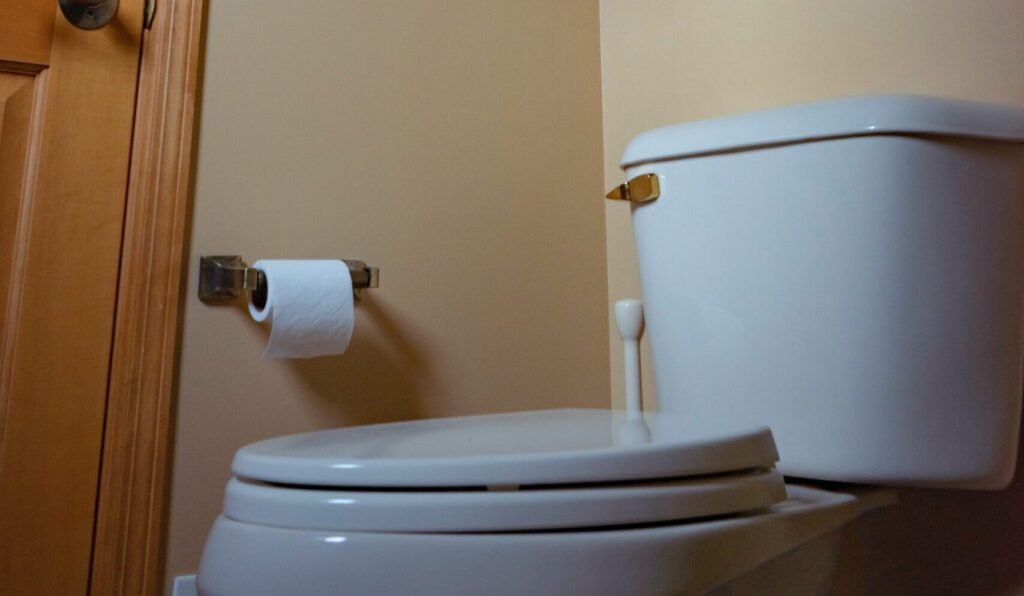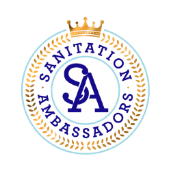The situation that has been written about extensively and exposed on so many levels, from this video produced by Jackson Film SA for the Camps Bay & Clifton Ratepayer’s Association (CBCRA) and the shocking images captured by marine conservation photographer Jean Tresfon, to Steve Kretzmann’s recent article for GroundUp, it is astounding that the City of Cape Town is not being held to account.
As politicians play their games, we are brought to our knees.
The fact of the matter is that every citizen of this city that goes to our beaches, interacts with the ocean, earns a living from the tourism industry or eats sea food should be very, very afraid.
Each day, the City of Cape Town illegally pumps approximately 55 million litres of raw effluent, which has been pumped through a grid to remove tampons and other objects, into our ocean from the marine outfalls and wastewater treatment works around the city’s coastline.
This means everything we put into our toilets, sinks, and baths, and includes the drains at light industrial and hospital buildings, which are also full of infectious viruses and bacteria.
Two of the marine outfalls discharge 7.7 million litres every day directly into Marine Protected Areas, which is prohibited by the Department of Environmental Affairs.
How is it possible that the Government isn’t charging the City for environmental destruction?
In 2016 when the City last released any water quality reports, the levels of E.coli and Enterococcus which are the only thing that the city tests for, was often too high to meet even the minimum safety standards. But these harmful organisms are the least of our worries now.
If you take a sobering read through the study by Professor Leslie Petrik and her colleagues at UWC, UCT and SU, you will learn about the Chemicals of Emerging Concern (CEC’s) and persistent organic compounds that make up the cocktail of pharmaceuticals, pesticides and disinfectants that are part of the sewerage released from the marine outfalls, posing a serious threat to ocean life.

As Petrik explains, “the compounds go right into the cells of all living organisms and disrupt the endocrine function. This causes sterility or feminisation, cancer or deformities. There are thousands of manmade chemical compounds that are being released by the tonne into the environment because of our daily habits such as washing, cleaning and disinfecting.”
Referring to the politics of water, environment and sanitation, the research paper concludes, “Historically, cities were made possible by the development of infrastructure to adequately manage human waste. The City of Cape Town has outgrown its current water supply and sanitation infrastructure.
While the City has vigorously opposed the politics of the ‘poo flingers’ such as Andile Lili who have dumped human waste to force the argument about improved sanitation in Khayelitsha and elsewhere, the City itself is daily depositing a volume of many Olympic-size swimming pools into the ocean. One might indeed quip that in terms of the current sewage management infrastructure, ‘Je suis Andile Lili’.
The convergence of sanitation activism in seaside suburbs and shack settlements in a time of drought suggests that the City’s water should be understood as one hydrological system, and therefore managed as a single ecology, not via the separation of environment, sanitation and water supply.” ¹
Back when his images had stirred the public’s ire, Mr. Tresfon commented, “The population of Cape Town will likely have risen exponentially in the next decade, we will go from pumping 50 million litres of sewage every day to 200 million litres because the City doesn’t have an alternative and is not investigating any.” “We should start building alternatives right now” he suggests.
I would like to mention that since that insightful statement, trillions more litres of waste has been flagrantly pumped into our coastal waters and continues to do so, every second of every day.
The time is NOW people! Let us consider the many benefits and possibilities of non-reticulated sewerage and container-based sanitation. Not only to save water but to stem the tide of toxicity.
• Petrik L., Green L, Abegunde AP, Zackon M, Cecilia Y. Sanusi CY, Barnes J. Desalination and seawater quality at Green Point, Cape Town: A study on the effects of marine sewage outfalls. South African Journal of Science. Vol.113 n.11-12 Pretoria Nov./Dec. 2017 http://dx.doi.org/10.17159/sajs.2017/a0244



